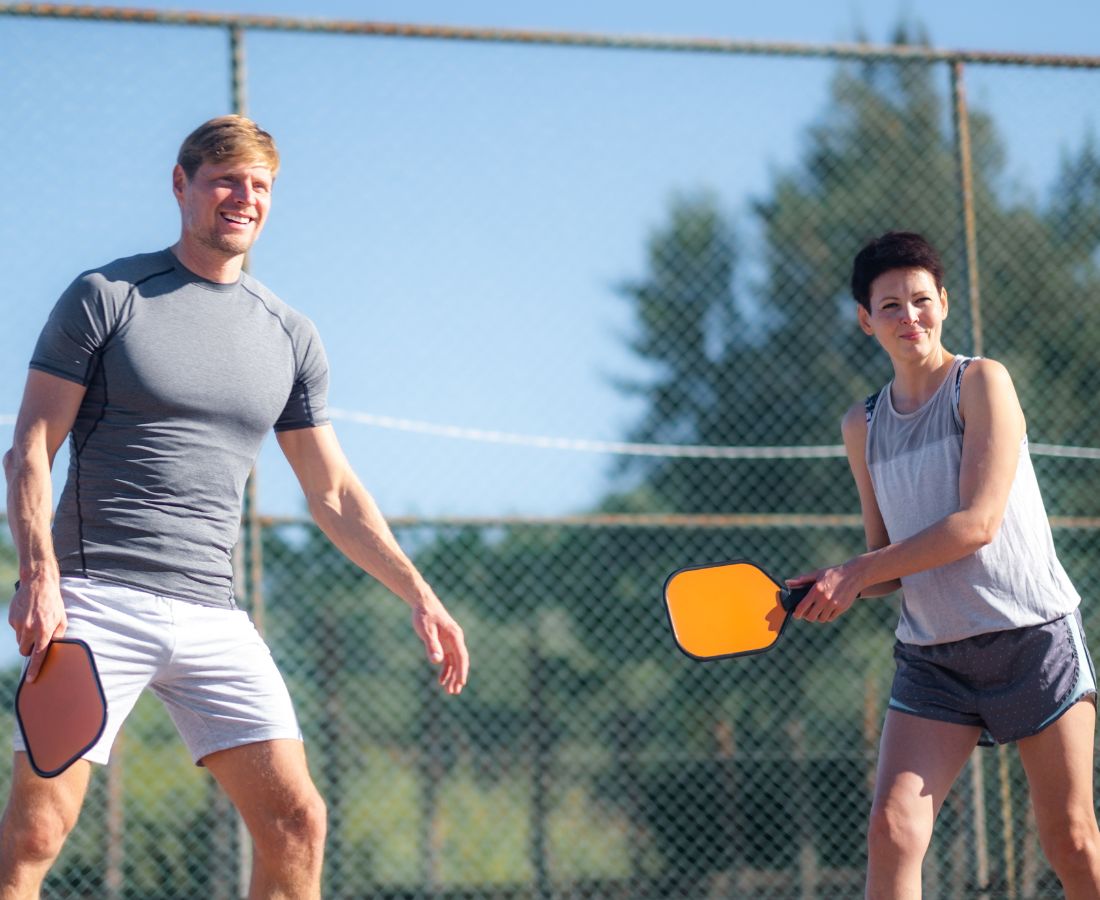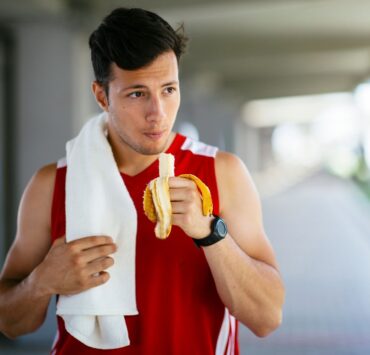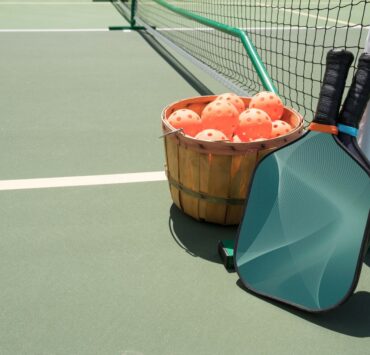No matter the sport, great teams have one thing in common: they rely on effective communication to reach their true potential.
Pickleball is no different. When playing a doubles match, it’s crucial to communicate with your partner to adapt your strategy, cover the court thoroughly, and compete at the highest level.
There are several ways to communicate in pickleball, including hand signals and verbal cues.
Let’s take a look at each option individually, then explore a few drills to help you and your doubles partner become the best communicators on the court.
How to Use Hand Signal in Pickleball
Hand signals are often used to communicate strategy without tipping your hand – pun intended – to your opponent.
Some teams have multiple hand signals, while others might have just a few. The key to using hand signals effectively is establishing them before the match begins and keeping them simple to avoid confusion.
The 3 Most Common Pickleball Hand Signals
There are several common hand signals that are widely known and used throughout pickleball. Here’s a quick breakdown of some of the most popular:
The Open-Hand Signal
This signal indicates a switch, meaning partners will switch the side of the court they are covering. The player on the right side of the court will move to the left, and the player on the left will shift to the right.
The Closed Fist Signal
This signal means to stay in the current position on the court. The player on the left side of the court stays on the left side, while the player on the right continues to cover the right side of the court.
The Sideways V Signal
This signal, depicted by making the number 2 and holding it sideways behind your back, indicates a fake. When executing a fake, one or both partners will move as if they are switching positions before returning to their current position on the court.
How to Share Hand Signals During a Pickleball Match
Hand signals are typically shared before a point begins. The player making the signal makes the hand signal behind their back or paddle.
When a partner shares a hand signal, the other partner should verbally acknowledge they saw the signal by saying “yes,” “got it,” or “no.”
How to Verbally Communicate with Your Pickleball Partner
Hand signals are typically used before points begin, while verbal communication is used throughout the match between partners.
Verbal communication includes pre-match strategizing, praise for a well-executed shot, and encouragement throughout the game.
It is also crucial during points. During a point, partners can yell things like “switch” or “stay” to indicate a desire to switch positions on the court.
Most often, players verbally communicate during points to call the ball. During a point, some balls land right between partners, and they lose the point because they think the other person will return it. These lost points can often be avoided through simple verbal cues, like yelling “mine” or “yours.”
3 Ways to Improve Pickleball Communication
You spend hours working on the physical aspects of your pickleball game, from serves to dinks to footwork. It’s also important to invest time in improving your communication as well. Use these tips to help you and your partner communicate better on the court.
Call Everything During Drills
Head to the practice court in groups of three or four and complete some drills alongside your doubles partner. During the drills, call every single ball, and make an effort to over-communicate. This approach will help make communication second nature.
Meet Early for Matches
Connecting with your partner before a match is just as important as warming up. Take a few minutes to chit-chat with your partner, formulate a strategy for the beginning of the match, and review your hand signals. Use this time to get on the same page before the match begins.
Keep Talking
Time and communication can strengthen any partnership, and pickleball is no different. Practice with your doubles partner to help build on-court chemistry and learn each other’s playing styles. Take the time during matches to offer a paddle tap or encouragement, and make recommendations for strategic adjustments thoughtfully.
How Well Do You Communicate on the Pickleball Court?
Pickleball is about connection, on and off the court. Learning to communicate effectively with your doubles partner will help you build team chemistry, improve your on-court play, and, hopefully, lead to even more pickleball victories! Through hand signals and verbal communication, you and your partner will be tearing up the court – and having tons of fun – in no time!



